Preface
About the Authors
Acknowledgments
Introduction
Linear Matrix Inequalities
Toolbox Features
LMIs and LMI Problems
The Three Generic LMI Problems
Further Mathematical Background
References
Uncertain Dynamical Systems
Linear Time-Invariant Systems
SYSTEM Matrix
Time and Frequency Response Plots
Interconnections of Linear Systems
Model Uncertainty
Uncertain State-Space Models
Polytopic Models
Affine Parameter-Dependent Models
Quantification of Parameter Uncertainty
Simulation of Parameter-Dependent Systems
From Affine to Polytopic Models
Example
Linear-Fractional Models of Uncertainty
How to Derive Such Models
Specification of the Uncertainty
From Affine to Linear-Fractional Models
References
Robustness Analysis
Quadratic Lyapunov Functions
LMI Formulation
Quadratic Stability
Maximizing the Quadratic Stability Region
Decay Rate
Quadratic H• Performance
Parameter-Dependent Lyapunov Functions
Stability Analysis
µ Analysis
Structured Singular Value
Robust Stability Analysis
Robust Performance
The Popov Criterion
Real Parameter Uncertainty
Example
References
State-Feedback Synthesis
Multi-Objective State-Feedback
Pole Placement in LMI Regions
LMI Formulation
Extension to the Multi-Model Case
The Function msfsyn
Design Example
References
Synthesis of H• Controllers
H• Control
Riccati- and LMI-Based Approaches
H• Synthesis
Validation of the Closed-Loop System
Multi-Objective H• Synthesis
LMI Formulation
The Function hinfmix
Loop-Shaping Design with hinfmix
References
Loop Shaping
The Loop-Shaping Methodology
The Loop-Shaping Methodology
Design Example
Specification of the Shaping Filters
Nonproper Filters and sderiv
Specification of the Control Structure
Controller Synthesis and Validation
Practical Considerations
Loop Shaping with Regional Pole Placement
References
Robust Gain-Scheduled Controllers
Gain-Scheduled Control
Synthesis of Gain-Scheduled H• Controllers
Simulation of Gain-Scheduled Control Systems
Design Example
References
The LMI Lab
Background and Terminology
Overview of the LMI Lab
Specifying a System of LMIs
A Simple Example
setlmis and getlmis
lmivar
lmiterm
The LMI Editor lmiedit
How It All Works
Retrieving Information
lmiinfo
lminbr and matnbr
LMI Solvers
From Decision to Matrix Variables and Vice Versa
Validating Results
Modifying a System of LMIs
dellmi
dellmi
setmvar
Advanced Topics
Structured Matrix Variables
Complex-Valued LMIs
Specifying cTx Objectives for mincx
Feasibility Radius
Well-Posedness Issues
Semi-Definite B(x) in gevp Problems
Efficiency and Complexity Issues
Solving M + PTXQ + QTXTP < 0
References
Command Reference
List of Functions
H• Control and Loop Shaping
LMI Lab: Specifying and Solving LMIs
LMI Lab: Additional Facilities
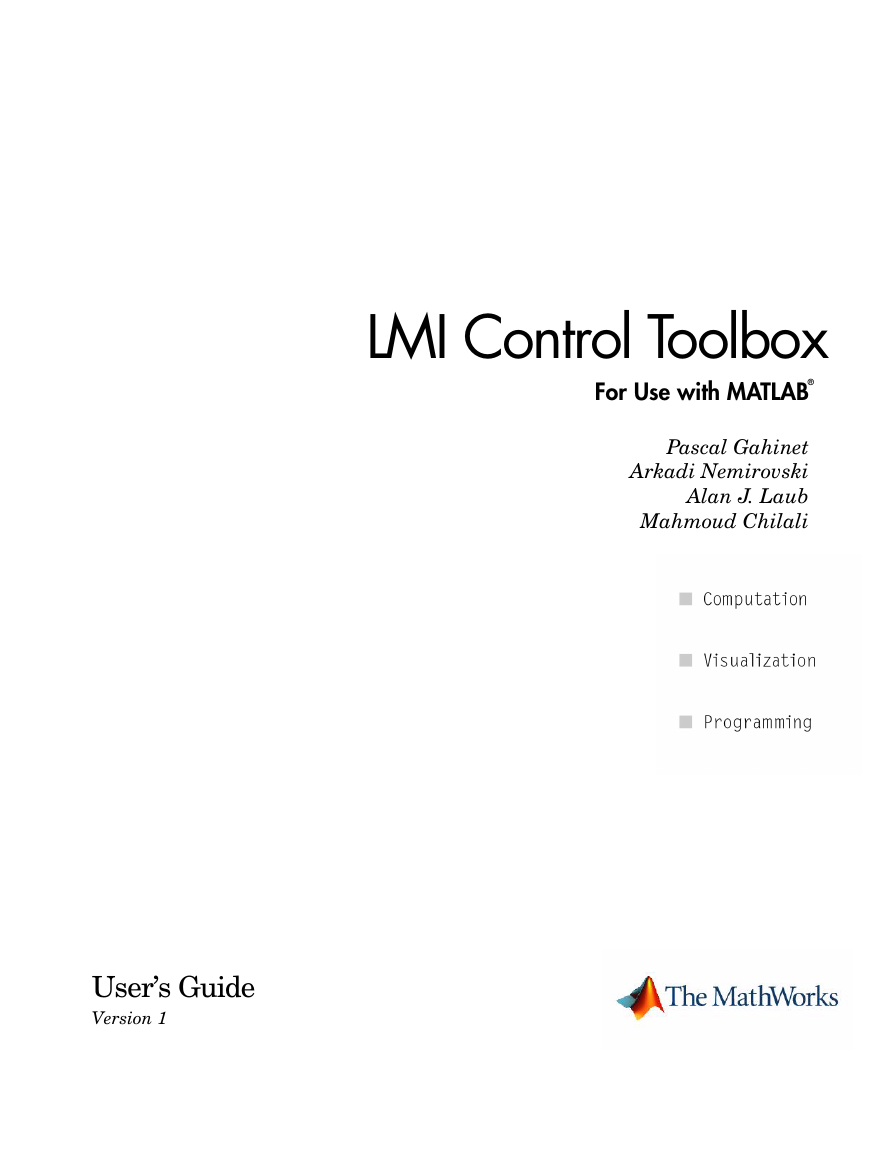
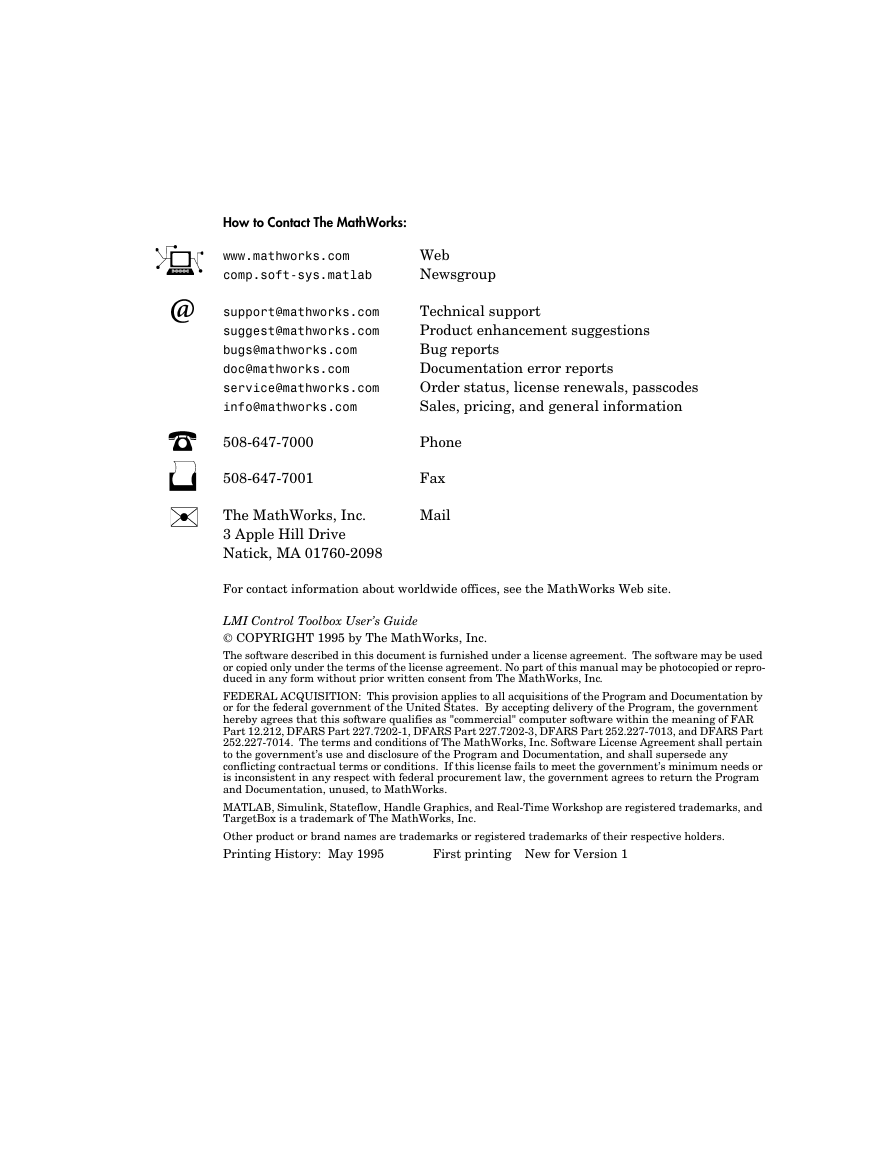
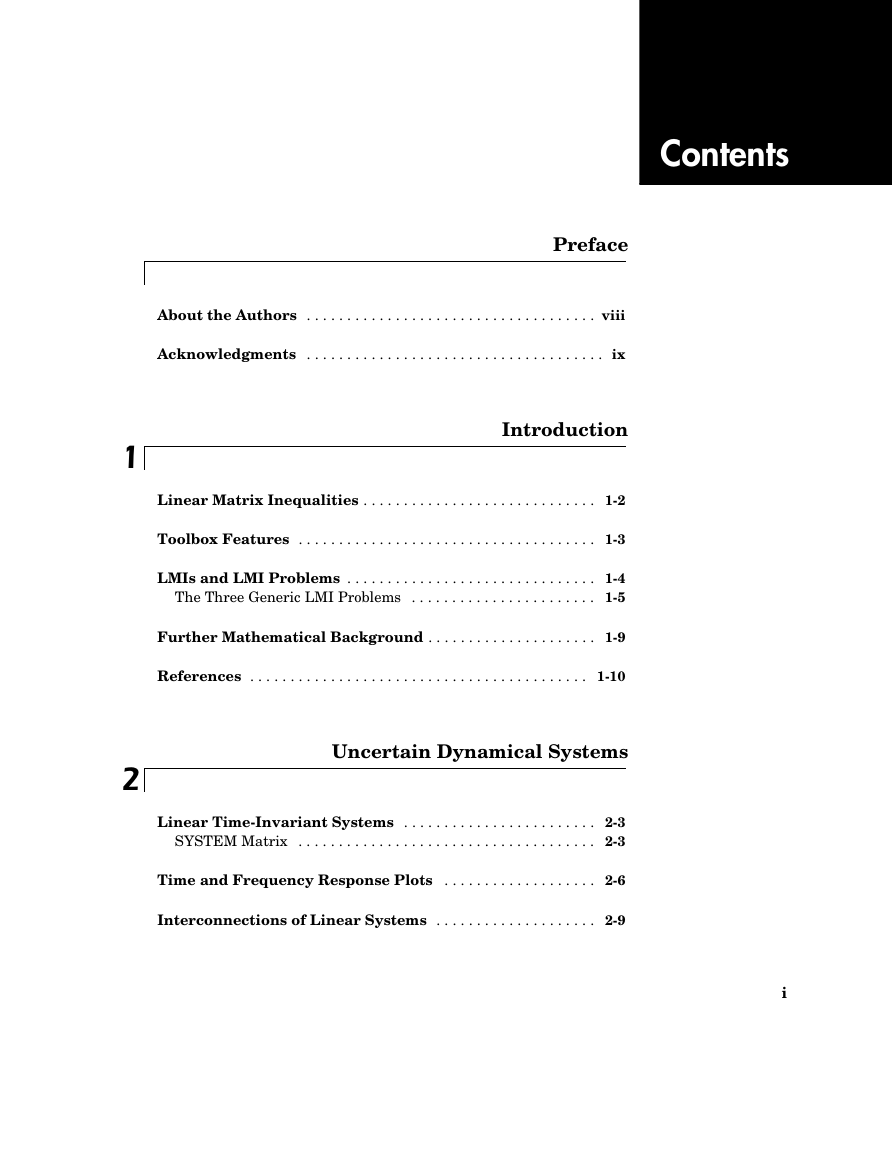
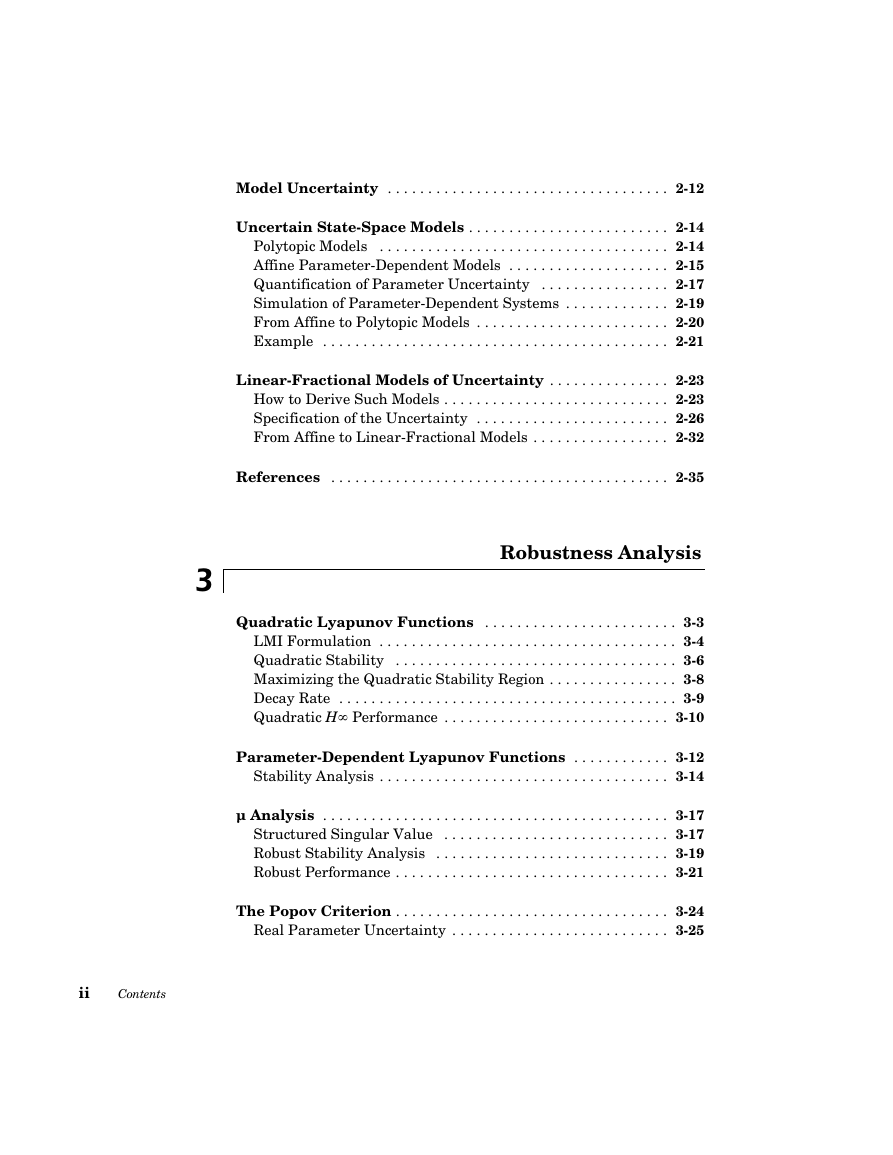
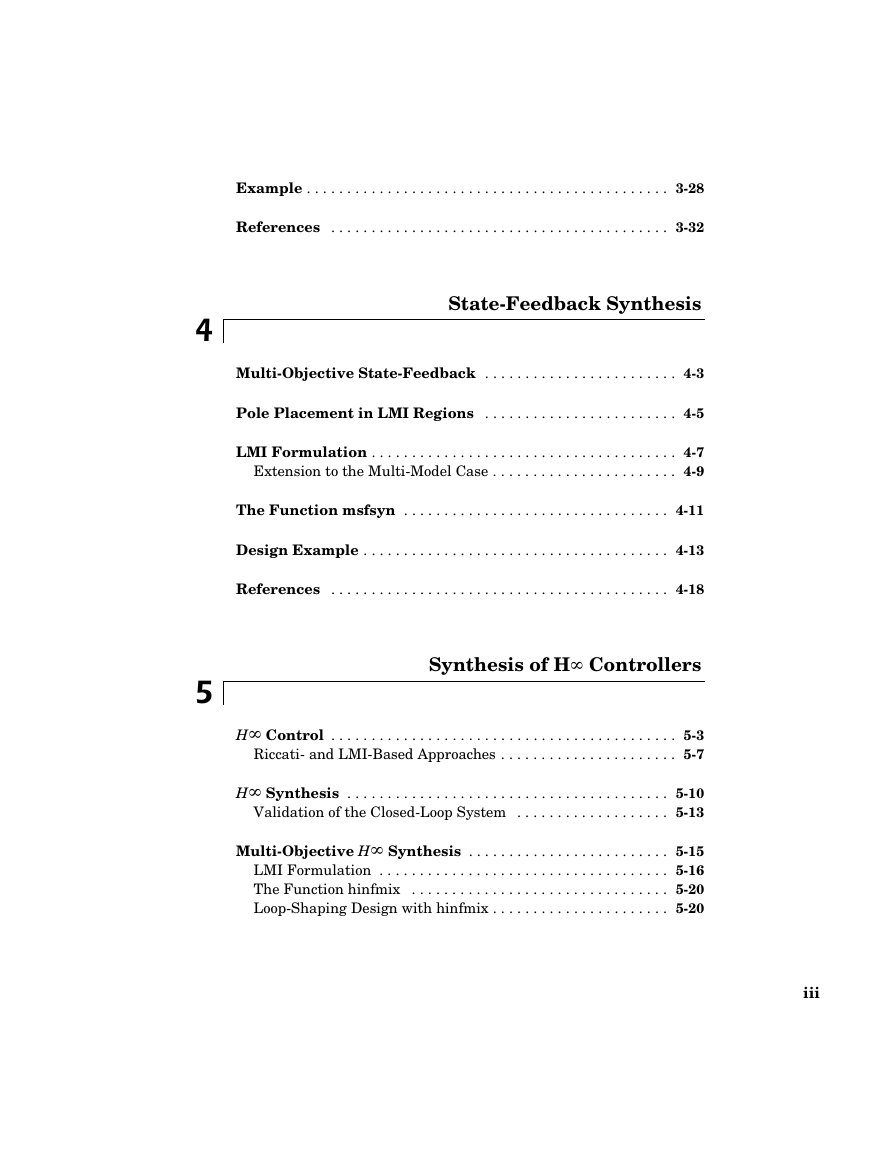
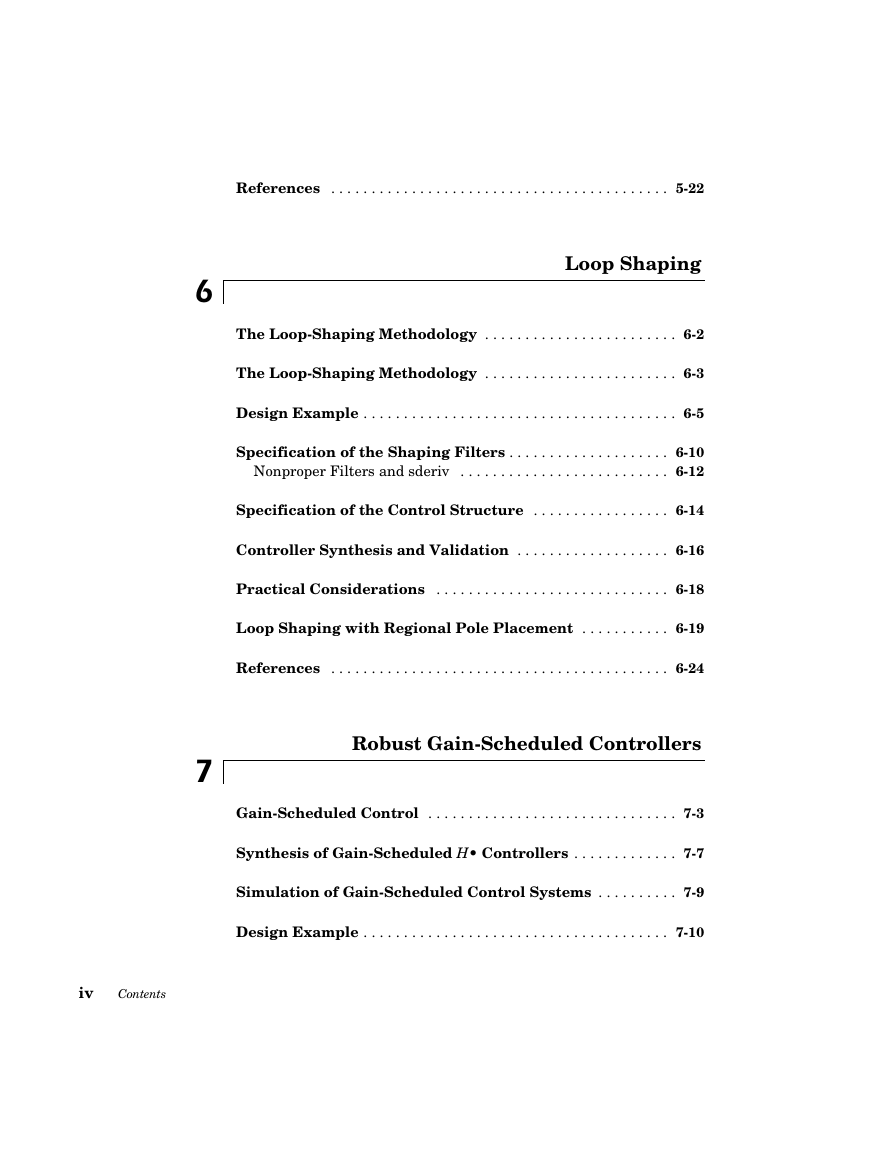

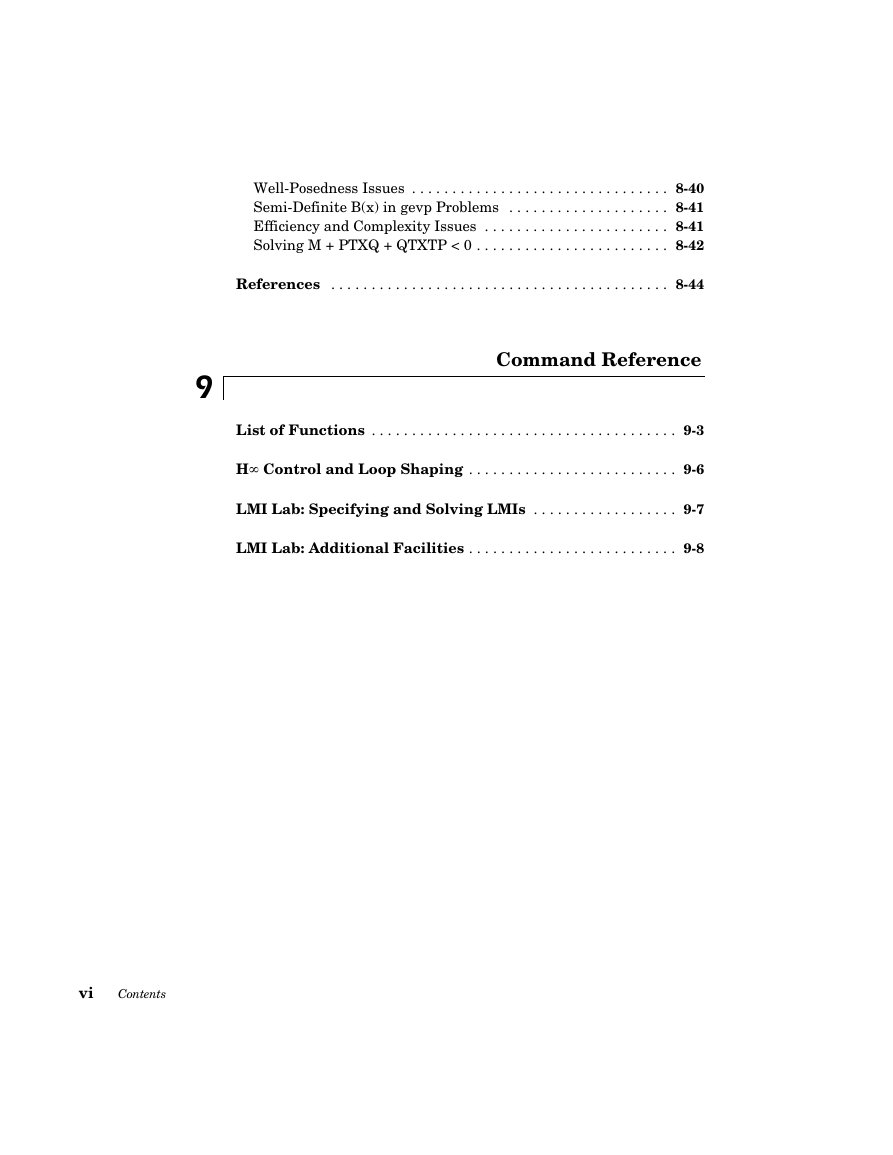








 2023年江西萍乡中考道德与法治真题及答案.doc
2023年江西萍乡中考道德与法治真题及答案.doc 2012年重庆南川中考生物真题及答案.doc
2012年重庆南川中考生物真题及答案.doc 2013年江西师范大学地理学综合及文艺理论基础考研真题.doc
2013年江西师范大学地理学综合及文艺理论基础考研真题.doc 2020年四川甘孜小升初语文真题及答案I卷.doc
2020年四川甘孜小升初语文真题及答案I卷.doc 2020年注册岩土工程师专业基础考试真题及答案.doc
2020年注册岩土工程师专业基础考试真题及答案.doc 2023-2024学年福建省厦门市九年级上学期数学月考试题及答案.doc
2023-2024学年福建省厦门市九年级上学期数学月考试题及答案.doc 2021-2022学年辽宁省沈阳市大东区九年级上学期语文期末试题及答案.doc
2021-2022学年辽宁省沈阳市大东区九年级上学期语文期末试题及答案.doc 2022-2023学年北京东城区初三第一学期物理期末试卷及答案.doc
2022-2023学年北京东城区初三第一学期物理期末试卷及答案.doc 2018上半年江西教师资格初中地理学科知识与教学能力真题及答案.doc
2018上半年江西教师资格初中地理学科知识与教学能力真题及答案.doc 2012年河北国家公务员申论考试真题及答案-省级.doc
2012年河北国家公务员申论考试真题及答案-省级.doc 2020-2021学年江苏省扬州市江都区邵樊片九年级上学期数学第一次质量检测试题及答案.doc
2020-2021学年江苏省扬州市江都区邵樊片九年级上学期数学第一次质量检测试题及答案.doc 2022下半年黑龙江教师资格证中学综合素质真题及答案.doc
2022下半年黑龙江教师资格证中学综合素质真题及答案.doc